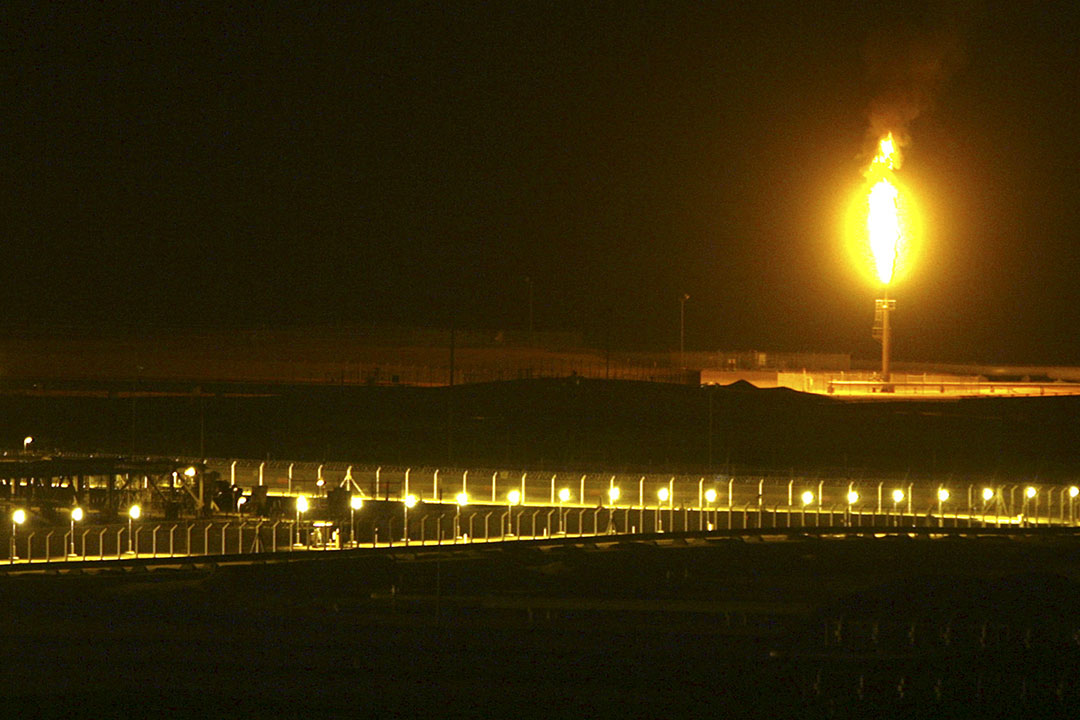BSP sees inflation breaching 2-4% band if Dubai crude benchmark exceeds $90/barrel

THE Bangko Sentral ng Pilipinas (BSP) said inflation will breach its target band of 2-4% if the Dubai benchmark for crude prices exceeds $90 per barrel next year and $100 in 2025.
“It should be noted that these oil price scenarios considered only the direct effects and do not incorporate any potential second-round effects on transport fares, food prices, and wage increases among others,” it added in a monetary policy report.
The BSP has said it expects inflation to average 6% this year, before easing to 3.7% in 2024 and further down to 3.2% in 2025.
The BSP said it continues to hold the view that global crude oil prices will remain elevated with supply constrained by production cuts.
“Assumptions for global crude oil prices are higher for 2023 and broadly unchanged for 2024 and 2025 compared to the previous round,” it said in the report.
The BSP expects Dubai crude to average $83 per barrel this year, higher than the forecast of $81.7 per barrel it issued in August. It maintained its forecast for next year of $82.3 per barrel and 2025 of $78 per barrel.
According to the BSP, the projections were based on the average futures price between Oct. 26 and Nov. 8.
“The rise in global crude oil prices for 2023 reflects expectations of declining global oil inventory resulting from the (announcement by the) Organization of Petroleum Exporting Countries and its allies (OPEC+) of extended crude oil production cuts in June and a further extension of voluntary cuts through end-2023 by Saudi Arabia,” it added.
The BSP also cited the US Energy Information Administration forecast of a decline in global oil inventory “in the remaining months of 2023 as OPEC+ cuts keep global oil production lower than global demand, putting upward pressure on global oil prices over the forecast period.”
However, the central bank said it expects global crude oil prices to continue declining over the next two years due to fears of a global recession, partly offset by possible supply shocks and volatility arising from geopolitical tensions.
The BSP also sees the peso settling within the Development Budget Coordination Committee’s assumption of P54 to P57 per dollar this year and P53 to P57 range in 2024 and 2025.
“The projected exchange rate for 2023 is broadly unchanged from the previous round. Meanwhile, modest peso appreciation is expected for 2024 and 2025 due to the higher real interest rate differential following the off-cycle policy rate increase for the Philippines and the Federal Reserve’s projected additional rate cuts in 2024,” it added.
On Monday, the peso closed at P55.55 against the dollar, strengthening from its P55.67 finish on Friday.
The BSP also said that the expansion in domestic liquidity (M3) will “continue to support the country’s funding requirements.”
“M3 is projected to increase at a faster rate than in the previous round in line with continued credit growth. The upward adjustment in M3 growth forecasts reflects the impact of stronger domestic activity and higher domestic liquidity in the near term,” it added.
The central bank has reported that domestic liquidity expanded 7.9% to P16.6 trillion in September, accelerating from the 6.8% reading a month earlier. — Luisa Maria Jacinta C. Jocson



